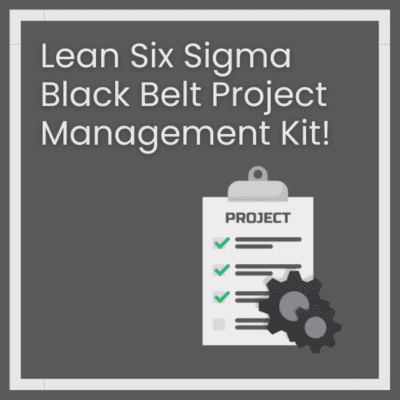Table of contents
A Lean Six Sigma Project to Reduce Leadtime at a Tubing Company
SSDSI used “Day 0” of the event to complete data analysis with SME and VSM to reduce the scope of the project. The company in question is a high SKU environment and their original request was to reduce the lead time in all SKUs. Data showed that one tube family was taking up over 70% of their capacity. This led to our narrowed scope for the lean six sigma project.
Before the event started, we had a Lean and Six Sigma White Belt course to educate the SMEs and elicit their input on opportunities in the tube process. This training lessened the fear of change and helped provide ownership in what would be the improvement.
The first day of the event was used to characterize the “Current State” through a VSM and a Spaghetti Map. These tools showed a production process in the traditional “Push” orientation. Each step was a segregated department. Each department worked to “the beat of their own drum”. The product was made in large batches. Product was stored in inventory between each department.

The second day was to design and implement the “Future State”, or improved process. We (SSDSI) know that in order for the SMEs to take ownership of the improved process, they have to be a part of developing the improved process. We asked them, based on their White Belt course and the simulations that they went through, and the data that we had collected through the VSM and Spaghetti Map, what should the improved process look like.
The perfect state of the Tube process would have been to connect each of the steps and produce a one-piece flow. The SMEs weren’t ready for that drastic of a change. Instead, we went to a Replenishment Pull system with Visual Signal (KanBan’s) to trigger replenishment. This was realized in the form of a rack central to all the process steps. Each level of the rack was a step in the process so you can see where the bottlenecks are (step #1 on the 1st level, step #2 on the second level, etc.). Production was moved around in plastic bins which controlled the small batch sizes. There were three colors of bins to visually signal the KanBan type (normal IPK, IPK with increased batch sizes, and Priority Orders).
If a step in the process had filled their KanBan and had no other part to produce, they would flex to a downstream process to speed up the flow and release bottlenecks.



















